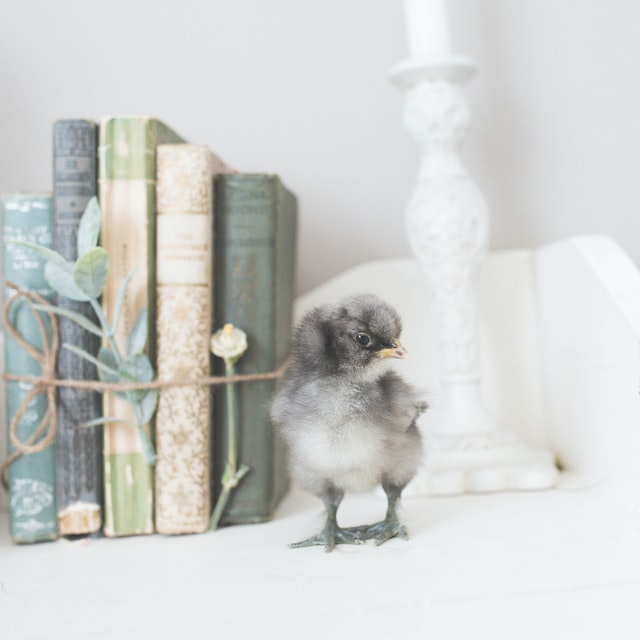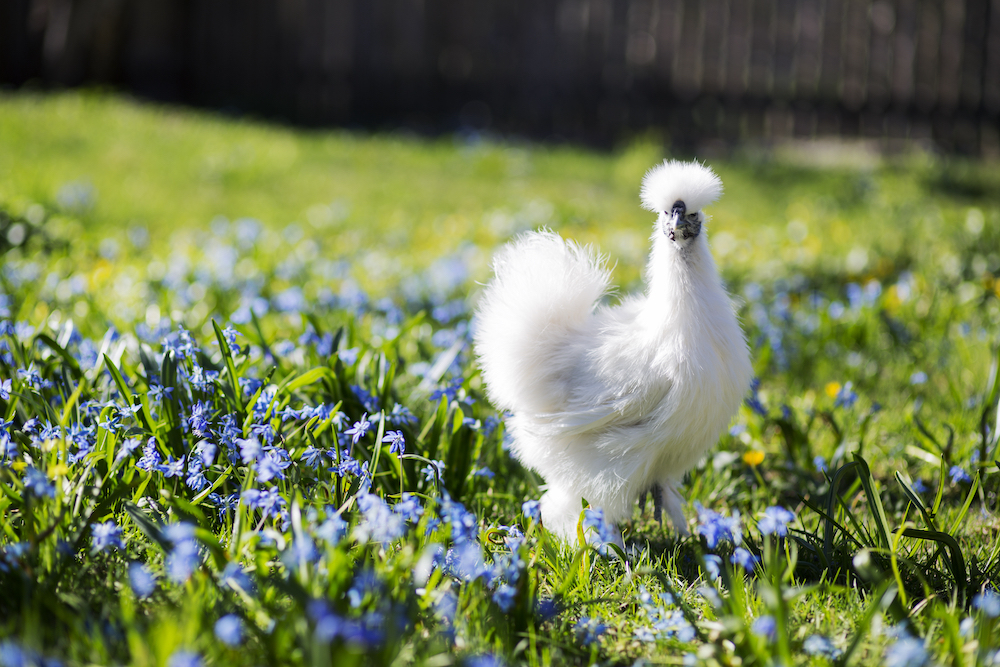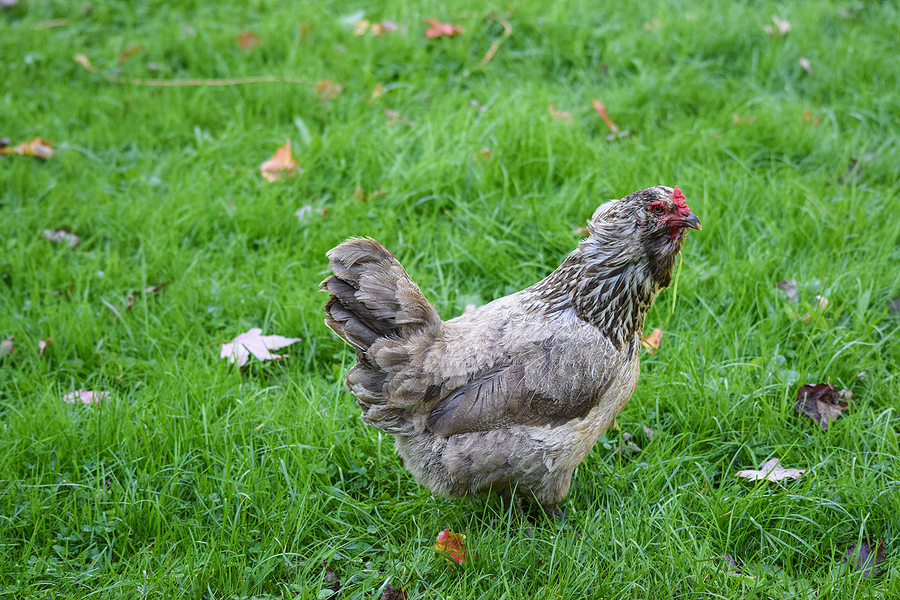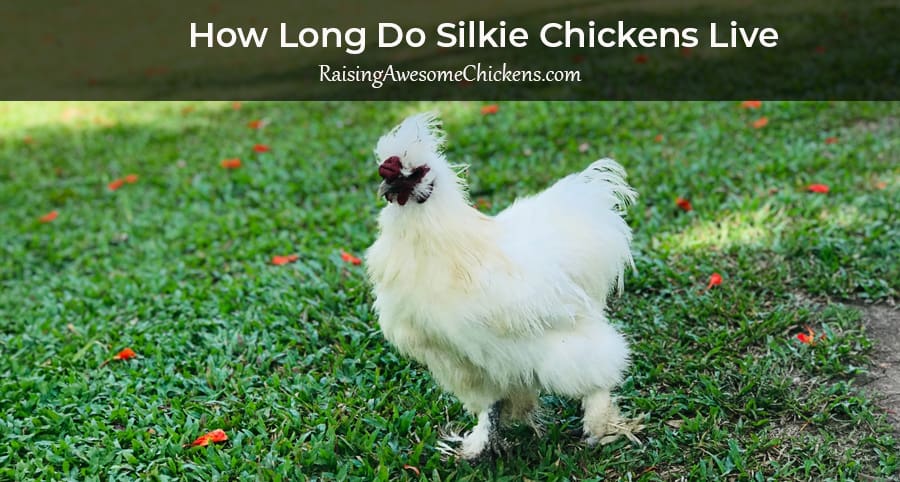Last Updated on February 9, 2024 by AwesomeChickens
The Orpington is a British chicken breed dating back to the late 19th century. It had unorthodox beginnings but has since become a favorite among chicken fans and is now widely used as a “show bird.” The Orpington is one of the earliest examples of a new breed being created by crossbreeding of other chicken breeds. Still, despite this mixed lineage, the Orpington is now a standard both in the UK and Australia and has limited recognition in the United States, too.
Over the years, Orpingtons have been created in many different colors, and from the beginning, the breed benefited from its creator’s advertising and PR skills, William Cook.
Table of Contents
Breed Origins
As briefly mentioned in the introduction, the Orpington chicken is a creation of British animal breeder William Cook, who lived in Orpington, Kent, in the southeast of England. Cook had in mind the idea to create a new breed of chicken that would deliver the best of both worlds, both being a great egg-laying bird and a delicious item for the dinner table.
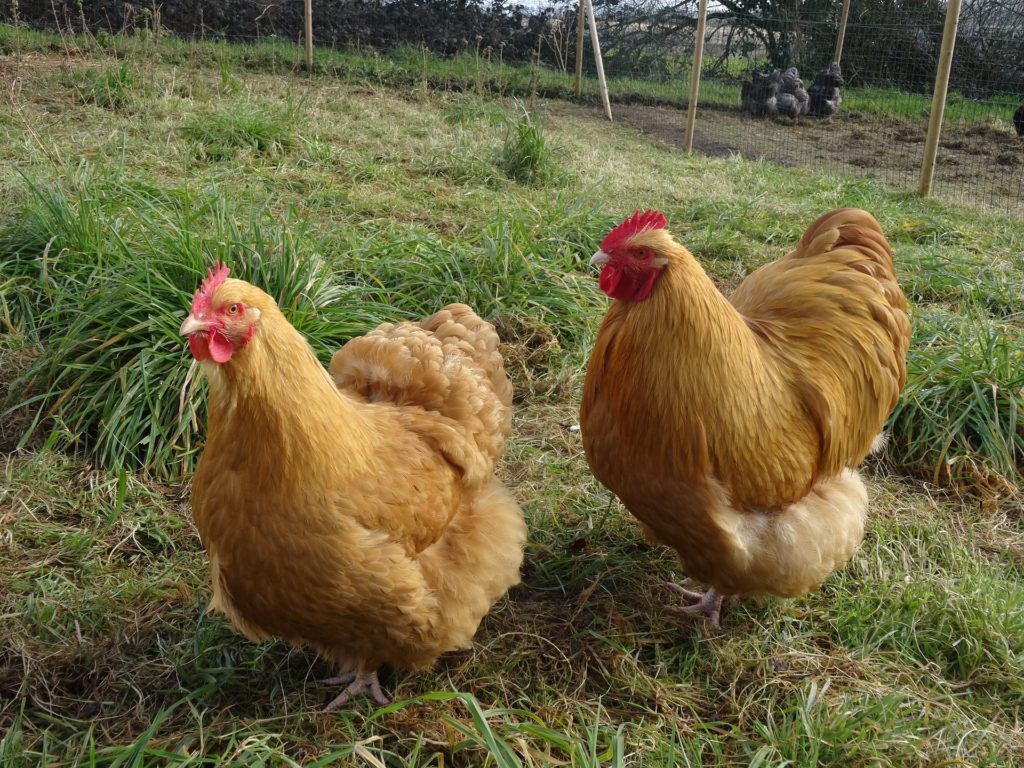
The “controversial” aspect of the Orpington origin was the notion of crossbreeding. By merging different breeds, he knew that he could create new breeds that carried the desired characteristics of each one all into a single offspring. You wonder why such a thing was controversial in the modern age since we now understand this practice to be quite accepted in animal breeding circles, but it wasn’t common practice.
Cook’s breeds for the Orpington chicken included Minorcas, Langshans, and Plymouth Rocks. The scope and enthusiasm for importing and developing new breeds were strong at this time, and Cook took full advantage of this situation.
Appearance
The original Orpington chicken was black and was shown at many prominent shows in the United Kingdom, which gave the Orpington international recognition as a fine bird. Others imported the birds to further enhance the breed, perhaps most notably Australian breeders, who used Orpingtons to create the Australorp chicken.
After the initial success of the black Orpingtons, a new variety was introduced in a golden brown color called the Buff Orpington, which introduced Gold Spangled Hamburgs and Cochins into the breed mix. The Buff Orpington soon became the ‘default’ by which many are compared, and certainly the most popular type. Others include the White, Cuckoo, Spangled, Red, Diamond Jubilee, Bantam, and Blue Orpington varieties. Only the Buff, Black, White, and Blue varieties are recognized as standard in the US.

Feather coloring aside, other characteristics include a weight of about 8-10 lbs in weight for cocks, and 6-8 lbs for hens. They have a heavy and quite broad curvy body with fluffy feathers that include feather coverings on the legs. The head is typically small and features a single comb of medium size. The puffed-out feathers make the bird look larger than it really is.
Temperament
The Orpington is a docile and calm bird, similar to the Easter Egger. This makes them a nice chicken to have when teaching kids about animal care. Orpingtons even become a bit besotted with their owners and will gladly and willingly become lap chickens if it means some love and attention.
When it comes to eating, they’re not what you’d call “fussy” birds and will happily eat most things you give them, but the one drawback is that you probably will have to provide them with all of their food since the Orpington is not a natural forager. They don’t enjoy foraging but have healthy appetites. This also means you’ll have to moderate the amount of food they receive because they tend toward obesity if overfed.
They’re equally unfussy when it comes to weather, bearing up best in cooler climates thanks to their ample plumage. However, if you’re raising them in a warmer environment, ensure that they have access to shaded spots and cool water to keep them happy.
One needs to be a little careful when mixing Orpingtons with more aggressive or dominant breeds of birds. They get along very well with Silkies, Bantams, and other non-aggressive variants but may find themselves being bullied by more aggressive breeds like Buckeyes, Cornishes, or Wyandottes.
Egg Laying
The Orpington was originally conceived as an egg-layer, and owners will not be disappointed with their egg haul each year. They can generally deliver between 200 and 280 large light brown eggs each year, which works out to around 4 or 5 per week.
Unlike some breeds such as the Easter Egger, the Orpington tends to get a bit broody, which is good news if you want to expand or maintain your flock when raising Orpingtons for meat consumption. If you don’t need meat, you could take advantage of the broody nature of Orpingtons by allowing them to hatch some chicks that you could subsequently sell to others.
The Buff Orpington, in particular, is known for periods of broodiness. You can help them out of this state by temporarily housing them in a well-lit, raised mesh cage. If you prefer to leave them, just wear gloves when getting the eggs, or consider collecting gently at night to avoid any unwarranted agitation.
Health Issues
On the whole, the Orpington is a very hardy and robust bird. However, dense feathering can be a problem in hot climates. To prevent any discomfort and possible health problems caused by excessive heat, owners in warmer places should be sure to provide their Orpingtons with ample shade and cool water.
The dense feathering of the Orpington presents one other common issue to be careful with, and that lice and mites. They need to be checked regularly for parasites in both their plumage and on their skin since regular treatments that work very effectively on less dense feathering might miss a spot or two on an Orpington.
In general, however, you won’t have any particular diseases or serious health issues to worry about with any Orpingtons in your flock.
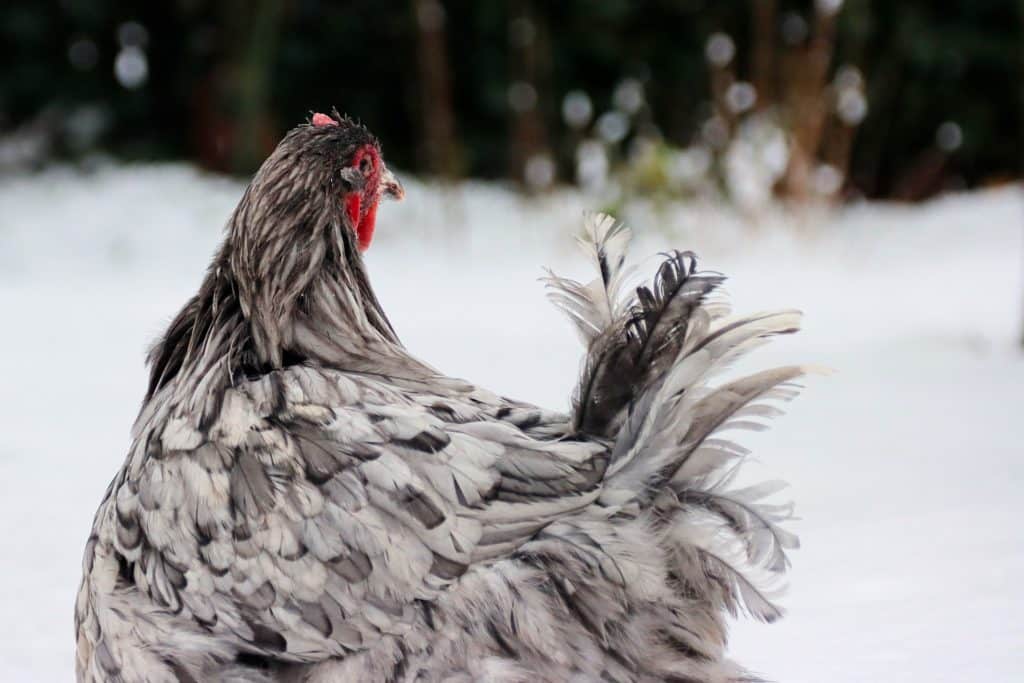
Other Information to Know
If your Orpingtons are all hens, you’ll have no issues with personality at all, but if there is a rooster among them, do be more careful around the breeding season, especially if you have children who like to go see and pet the chickens. Your Orpington rooster will become more defensive of his female counterparts during the breeding season and, therefore, may peck at kids and others who are trying to pet their favorite hen. When you have a mixed flock, be sure to observe them well for a whole season to see how they interact and change as time goes on.
When preparing their perches and home, be sure to install things lower to the ground. As we’ve said, the Orpington is a fairly heavy breed and so benefits from having everything lowered a little to lessen the effects of gravity when coming down.
Finally, those who might be interested in famous associations could know that Orpingtons have been the favorites of the British royal family since Queen Victoria. The mother of incumbent Queen Elizabeth II was a huge fan of the breed, as is her son Prince Charles keeps them at his world-famous Highgrove Estate in Gloucestershire, England.

